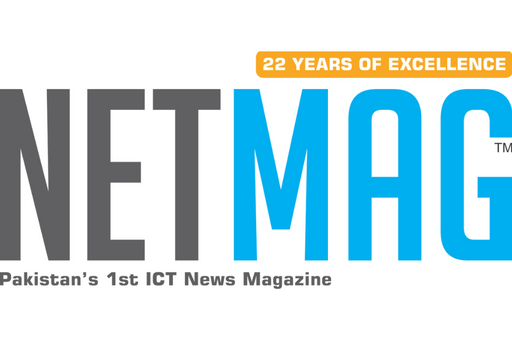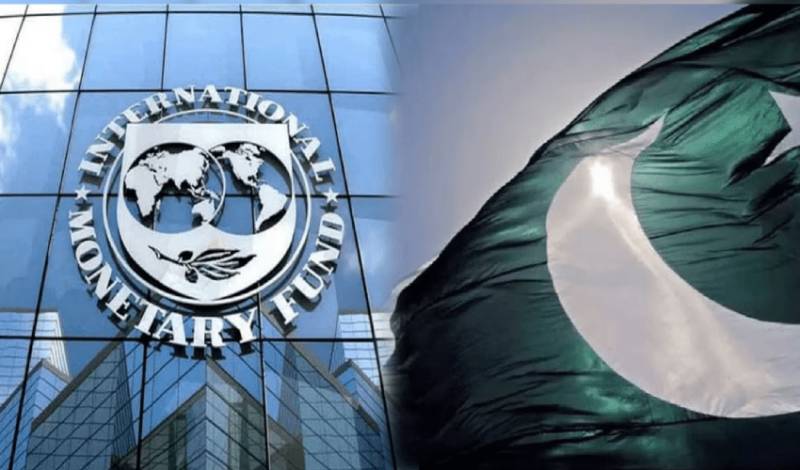While the Pakistan Telecommunication Authority (PTA) recently celebrated surpassing 200 million mobile subscribers, a global report has raised red flags about the country’s lagging smartphone adoption. Despite massive mobile connectivity, Pakistan ranks the lowest in smartphone penetration among the top 10 countries by user volume—with only 31% of the population owning a smartphone.
To mark the mobile milestone, PTA and all major telecom operators offered users 2 GB of free data and 200 on-net minutes for a day. The initiative aimed to celebrate public trust and encourage greater digital participation.
However, the new global study reveals a stark contrast. Although Pakistan has 73 million smartphone users, its population exceeds 235 million. In comparison, countries like the U.S. have an 81.6% smartphone penetration rate, Japan stands at 78.6%, and even Nigeria surpasses Pakistan at 38.1%.
READ MORE:
Israel Bombs Tehran’s Evin Prison as US Joins Strikes on Iran
This discrepancy highlights a serious digital divide. While access to basic mobile services is widespread, the ability to fully participate in the digital economy through smartphones remains limited.
One of the primary barriers is affordability. High import duties and PTA-imposed taxes significantly raise smartphone prices, putting them out of reach for low-income groups. Even with initiatives to promote local assembly, prices remain unaffordable—especially in rural and underprivileged areas.
Other contributing factors include poor internet infrastructure, low digital literacy, and a lack of localized content. Although PTA has initiated positive programs like smartphone distribution among female students and free Wi-Fi in women’s universities, these measures are not enough to bridge the national digital gap.
Globally, smartphones account for 94.2% of internet usage, making them essential for digital inclusion. Without aggressive reforms, policy action, and greater access to affordable devices, Pakistan risks being left behind—not just globally, but in achieving its own digital transformation goals.




